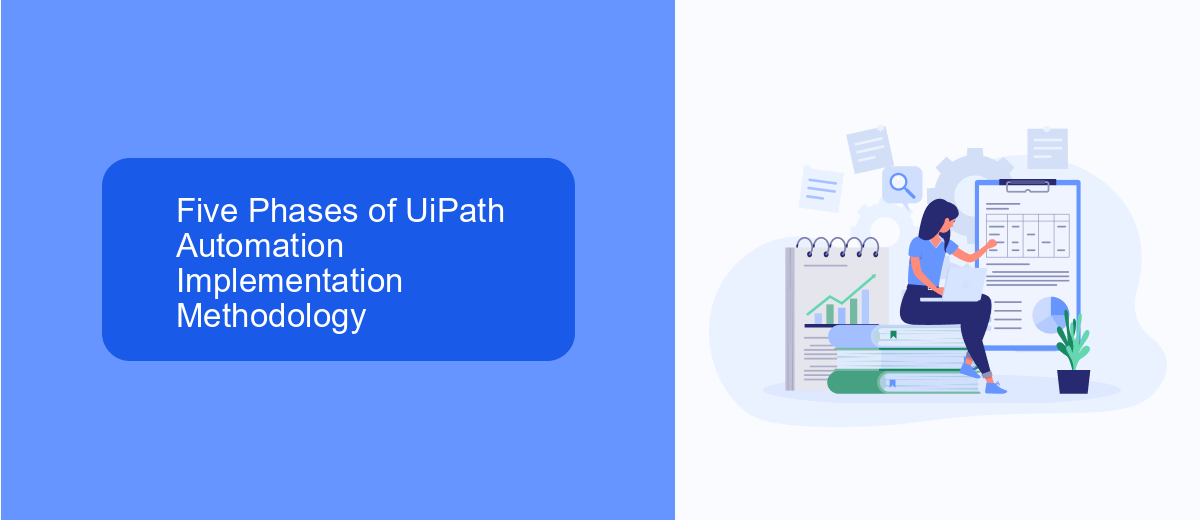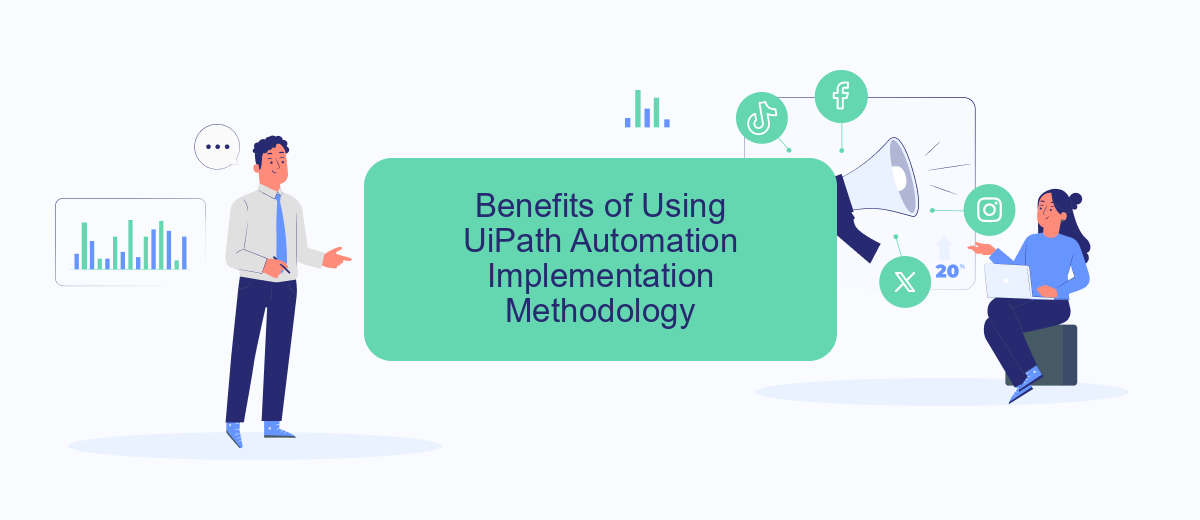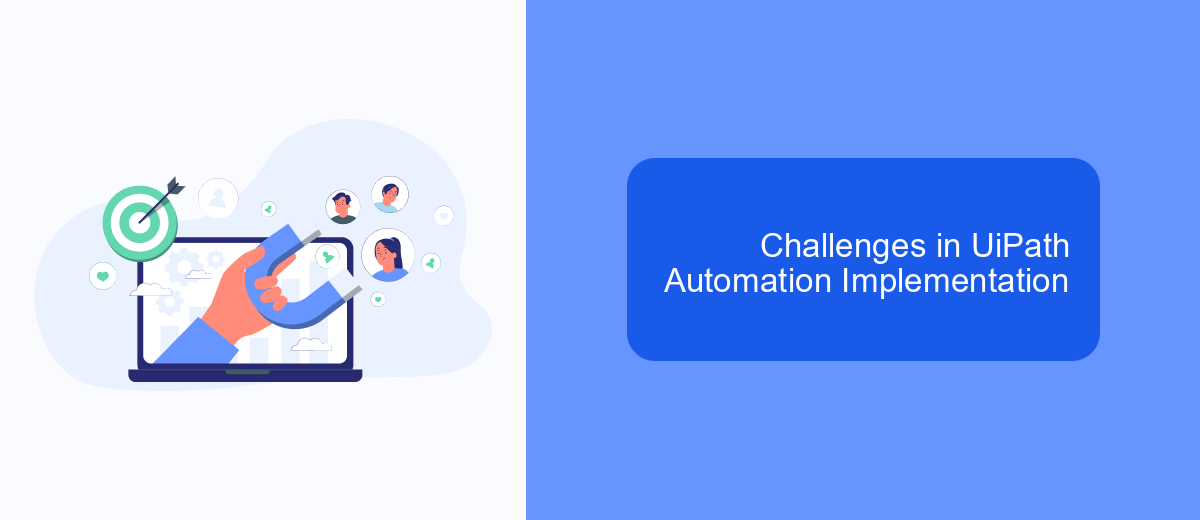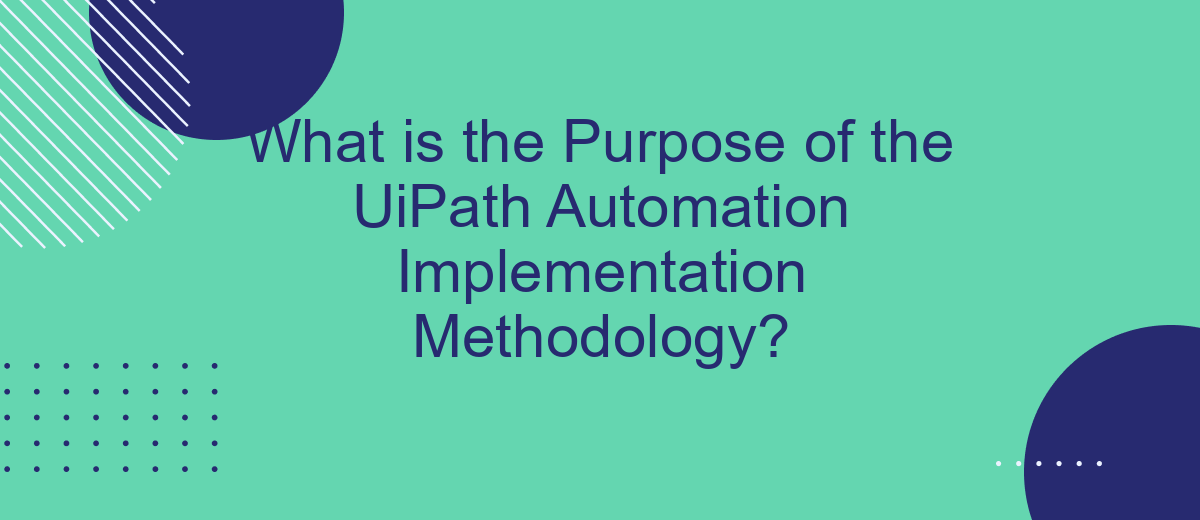The UiPath Automation Implementation Methodology is designed to streamline the deployment of robotic process automation (RPA) solutions. This structured approach ensures that automation projects are executed efficiently, delivering maximum value with minimal risk. By adhering to best practices, organizations can achieve higher productivity, improved accuracy, and significant cost savings. This article explores the key objectives and benefits of adopting this methodology.
Introduction
In today's rapidly evolving digital landscape, businesses are constantly seeking ways to enhance efficiency and streamline operations. One of the key strategies for achieving this is through automation. UiPath, a leading Robotic Process Automation (RPA) platform, offers a comprehensive methodology for implementing automation solutions. Understanding the purpose of the UiPath Automation Implementation Methodology is crucial for organizations aiming to maximize the benefits of automation.
- Standardized approach to automation implementation
- Improved process efficiency and accuracy
- Seamless integration with existing systems
- Scalability and flexibility
- Enhanced compliance and governance
By adhering to the UiPath Automation Implementation Methodology, businesses can ensure a structured and systematic approach to automation. This methodology not only helps in identifying and prioritizing processes suitable for automation but also facilitates the integration of various tools and services. For instance, platforms like SaveMyLeads can be utilized to automate lead management and seamlessly integrate with other business applications, further enhancing the overall efficiency of the automation strategy.
Five Phases of UiPath Automation Implementation Methodology

The UiPath Automation Implementation Methodology is structured into five distinct phases to ensure a seamless and efficient automation journey. The first phase, Planning, involves identifying potential automation opportunities and defining the scope of the project. This phase is crucial for setting clear objectives and aligning them with business goals. The second phase, Design, focuses on creating detailed workflows and process maps. This stage ensures that the automation will be robust and scalable, addressing all necessary requirements.
In the third phase, Development, the actual automation scripts and bots are created. This phase often involves iterative testing to ensure functionality and reliability. The fourth phase, Deployment, includes rolling out the automation solution into the production environment. This stage may also involve integrating with other systems and services, such as SaveMyLeads, to streamline data flow and enhance overall efficiency. The final phase, Support and Maintenance, ensures that the automation continues to operate smoothly, with ongoing monitoring, updates, and troubleshooting as needed.
Benefits of Using UiPath Automation Implementation Methodology

Implementing UiPath Automation Methodology offers numerous benefits to organizations aiming to enhance their operational efficiency. This structured approach helps in streamlining processes, reducing manual errors, and optimizing resource utilization.
- Increased Efficiency: By automating repetitive tasks, employees can focus on more strategic activities, thereby improving overall productivity.
- Cost Reduction: Automation reduces the need for manual labor, leading to significant cost savings over time.
- Improved Accuracy: Automated processes minimize human errors, ensuring higher data accuracy and reliability.
- Scalability: UiPath's methodology allows for easy scaling of automation processes as the business grows.
- Enhanced Integration: Tools like SaveMyLeads can be integrated to streamline data flow between various systems, further enhancing the automation capabilities.
Overall, adopting the UiPath Automation Implementation Methodology enables organizations to achieve greater operational excellence. By leveraging advanced tools and structured approaches, businesses can not only improve their current processes but also lay a strong foundation for future growth and innovation.
Challenges in UiPath Automation Implementation

Implementing UiPath automation can present several challenges that organizations must navigate to ensure successful deployment. One of the primary obstacles is the complexity involved in integrating UiPath with existing systems and workflows. This requires careful planning and coordination to avoid disruptions and ensure seamless operation.
Another significant challenge is the need for adequate training and skill development. Employees must be proficient in using UiPath tools and understand the nuances of automation to fully leverage its capabilities. This often necessitates a comprehensive training program and continuous learning opportunities.
- Integration with legacy systems
- Ensuring data security and compliance
- Managing change and employee resistance
- Continuous monitoring and maintenance
To address these challenges, organizations can utilize services like SaveMyLeads, which streamline the integration process by automating data transfer between different platforms. By leveraging such tools, companies can reduce the complexity of integration, maintain data integrity, and focus on optimizing their automation strategies.
Best Practices for Successful UiPath Automation Implementation
Implementing UiPath automation successfully requires thorough planning and a structured approach. Begin by clearly defining the objectives and scope of the automation project. This includes identifying the processes that will benefit most from automation and ensuring that they align with business goals. It is also essential to involve key stakeholders from the outset to gain their support and insights, which can help in addressing any potential challenges early on.
Another best practice is to leverage integration services like SaveMyLeads to streamline data flow between different applications. By automating data transfers and reducing manual intervention, you can enhance the efficiency and reliability of your automation processes. Additionally, it is crucial to continuously monitor and optimize the automated workflows. Regularly review performance metrics and gather feedback from end-users to make necessary adjustments and improvements. This iterative approach ensures that the automation remains effective and provides maximum value to the organization.


FAQ
What is the Purpose of the UiPath Automation Implementation Methodology?
What are the key phases in the UiPath Automation Implementation Methodology?
How does UiPath Automation Implementation Methodology help in risk management?
Can UiPath Automation Implementation Methodology be integrated with other automation tools?
What role does documentation play in the UiPath Automation Implementation Methodology?
If you use Facebook Lead Ads, then you should know what it means to regularly download CSV files and transfer data to various support services. How many times a day do you check for new leads in your ad account? How often do you transfer data to a CRM system, task manager, email service or Google Sheets? Try using the SaveMyLeads online connector. This is a no-code tool with which anyone can set up integrations for Facebook. Spend just a few minutes and you will receive real-time notifications in the messenger about new leads. Another 5-10 minutes of work in SML, and the data from the FB advertising account will be automatically transferred to the CRM system or Email service. The SaveMyLeads system will do the routine work for you, and you will surely like it.
